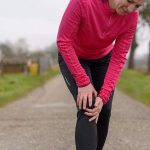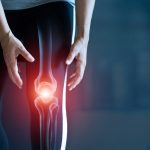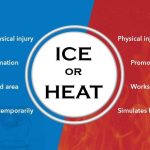Orthotics can also be referred to as shoe inserts and orthotic insoles. These are devices that are placed inside shoes with the aim of restoring the natural functionality of the feet. This is crucial when the lower body’s natural biomechanical balance has been disrupted due to over-pronation.
Orthotics and Foot Health
One of the common symptoms is experiencing pain in the lower body. Poor foot support causes several complaints like lower back pain, knee pain and heel pain. Excessive pronation or over-pronation is the most commonly experienced type of poor foot biomechanics. This is characterized by rolling inwards of ankles and feet dropping of arches.
Orthotics help to address over-pronation while realigning the ankle bones and foot to a neutral position. Subsequently, this helps to deal with problems not only within the feet, but other body other parts of the body as well, such as the lower back, hips and knees.
Orthotics and Regular Insoles
There is a distinct difference between orthotics and regular insoles. Regular insoles are designed for shock absorption by creating a cushioning effect. They may initially feel comfortable but they are not ideal for every individual’s foot pattern.
Orthotic insoles have been designed to optimize and correct individual foot patterns. They provide the right support for an individual’s arch. When the foot has been properly aligned, this relieves stress on various parts of the lower body, ankles, knees and the back. Knowledge regarding orthotic insoles is necessary for finding a person’s exact fit.
Choosing Orthotics
Orthotics guide and control the foot while limiting movement in particular directions. This is helpful for people whose reduced arch support has developed over time or is the result of genetic factors. These devices offer support to ensure posture correction that minimizes wear and tear of a person’s feet.
- When you have the ability to mold or customize orthotic insoles to conform to your feet’s exact anatomy, any support that is lacking will be effectively corrected. This is important when considering the amount of pressure that the feet have to endure.
- Orthotics helps to ease symptoms and deal with foot conditions when an individual’s weight is not adequately supported or improper biodynamic causes foot pain.
- While standard insoles can be used, an individual often needs to consult a specialist to identify and correct the problem. Specialists perform a variety of foot pressure tests and observe the gait to determine the existing muscular and skeletal imbalances within the lower body.
- After the problems have been properly identified, the right foot orthotics are recommended or constructed.
Conclusion
Training foot muscles to move different and adjust steps without using orthotics can be difficult due to the concentrated effort that is required for every step. Orthotics optimizes the movement of the feet without the person being excessively thoughtful or cautious about running and walking.
Foot orthotics is available for a range of foot problems and it is important to find out the options that are most suitable for correcting a specified condition. If you mainly seek comfort, many orthotic insoles will be effective. Using orthotic insoles has the potential to positively affect your overall health and wellbeing.







